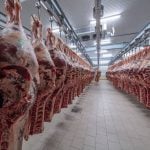
Tag Archives Blackleg
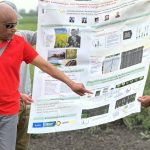
Verticillium may undermine canola blackleg resistance
Co-infections with verticillium stripe may compromise blackleg resistance protection in canola, new Manitoba research suggests

Gene testing for blackleg race: How useful is it to the farmer really?
Matching races of blackleg to resistant genes in canola varieties has been praised as a more precise way for growers to beat blackleg, but is it all it’s made out to be?

Fall scouting for canola fungus
Harvest is the time to measure sclerotinia infection

Prepping for the 2024 canola crop
Planning for crop stresses now will set growers up for success when it is time to act: agronomists

Verticillium stripe symptoms
Is it verticillium stripe, blackleg or sclerotinia? Here are ways to find out
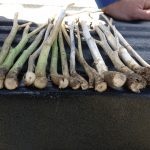
Verticillium gains ground on blackleg, sclerotinia in Manitoba
Survey numbers sum up Manitoba’s top canola disease issues last year
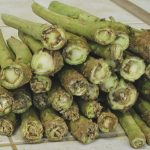
An inoculation against blackleg
University of Manitoba trial shows a less-virulent strain boosts canola’s natural defences
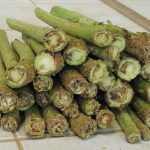
Getting a leg up on blackleg
New research finds blackleg populations are more diverse in Manitoba

Canola foes the same — but different
Blackleg and verticillium stripe can be confusingly similar



